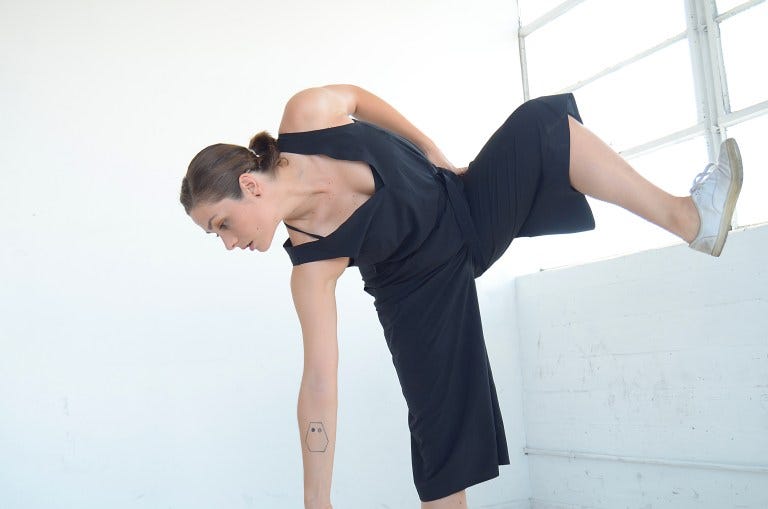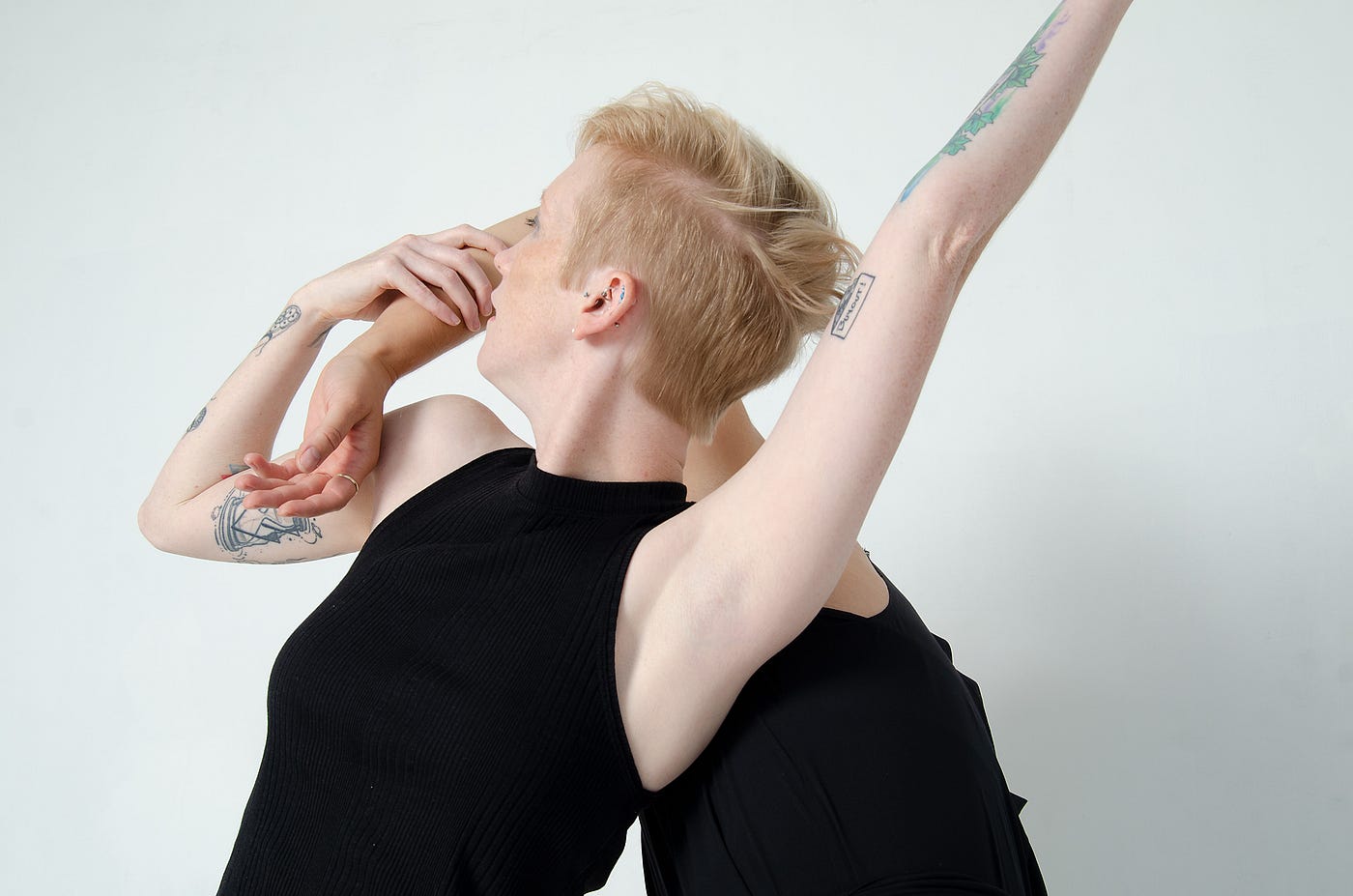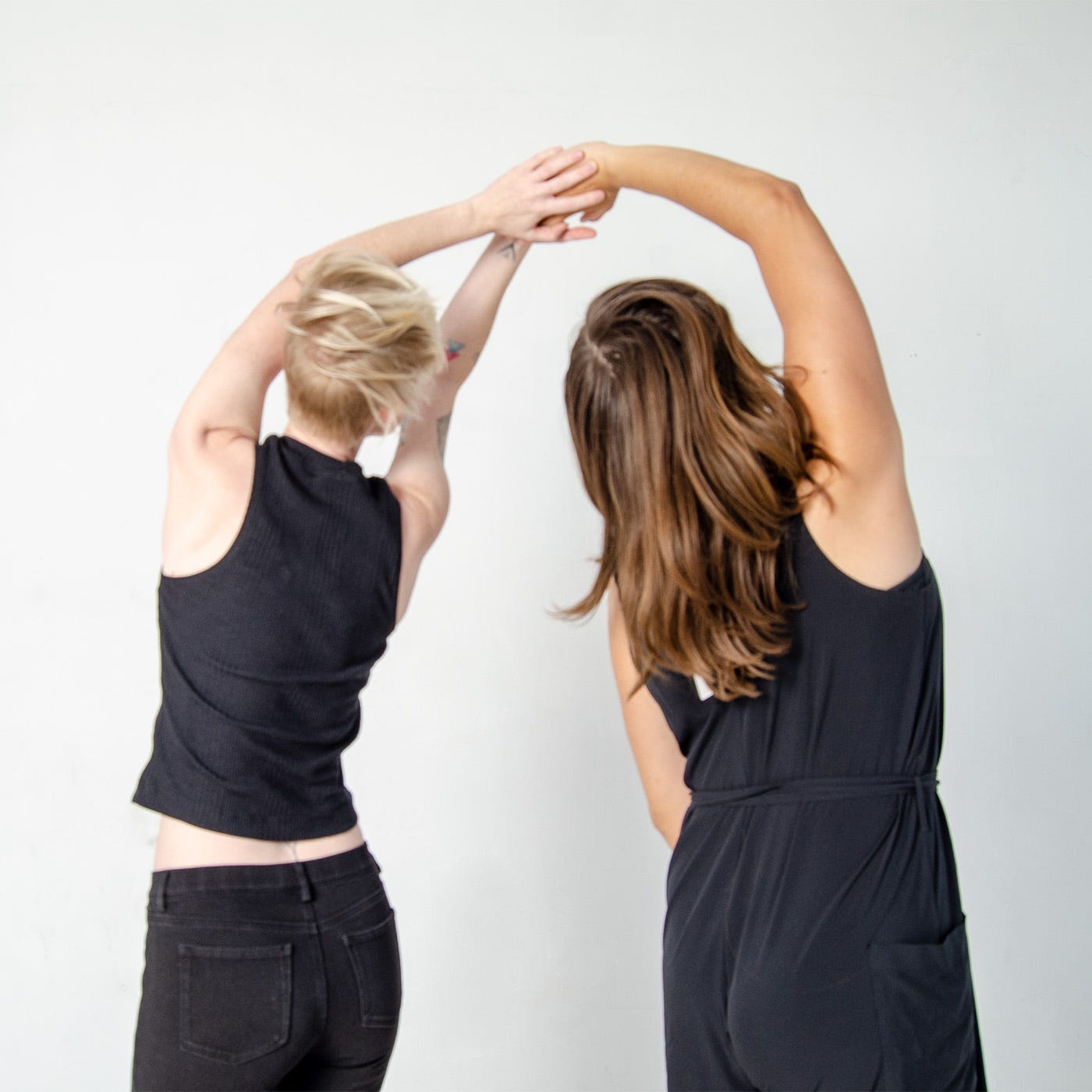The Immersive 5 with Koryn Wicks
The creator and choreographer behind the upcoming ‘Casting’ in LA answers our call


Choreographer Koryn Wicks first landed on our radar with her 2019 show I Love You So Much, Squeeze Me To Death, which used non-traditional staging to create a dance happening in and around its audience. That show led to Wicks getting an invitation to participate in the first Los Angeles Immersive Invitational, where her work Casting won the grand prize.
Now, after pandemic delays and a few online experiments, Casting is making its public debut at LA’s Thymele Arts for four dates this September and October.
With audiences finally getting a chance to experience the show, we reached out to Wicks to give us her take on our question gauntlet, The Immersive 5.
The Immersive 5 series asks creators across the various immersive disciplines the same five questions in search of both their approach to crafting work, and the elusive nature of immersive work itself.

No Proscenium: What does “immersive” mean to you, and what terms do you use when talking about your own work?
Koryn Wicks: To me immersive means that the audience has some agency within the piece. Agency can exist in many forms; the freedom to walk around and experience the piece from different perspectives, the opportunity to engage and collaborate with performers, or the power to effect the narrative and/or structure of the piece. However it is done, immersive work gives the audience some power over their experience. I think this is what makes immersive work so compelling, it makes art something to engage with and co-create rather than something to confront and interpret.
Because I work with dance, I think a lot about how to create agency with movement. Watching dance in a proscenium setting, audiences are asked to sit quietly in the dark, completely disconnected from their bodies. In my work, I invite audiences to participate with their bodies and communicate with performers through the language of movement. This kind of communication activates the haptic senses and embodied cognition. These are fancy ways of describing the senses connected to our sense of touch and ways of knowing based on physical experiences.
NP: What should every creator be thinking about first and foremost when designing for the audience?
KW: Defining and communicating the role of the audience in relation to both the piece and the performers. If that isn’t clear, then it is very hard to get participants to invest in an experience.
Is the audience simply an audience? If so, what does that mean in the immersive setting you’re creating? Do you want the audience to move about the space? Take pictures? How will they know what is allowed?
If your audience has a role beyond being a spectator, what is it? Are they guests at a party, or detectives engaged in solving a mystery? How will they be introduced to that role? How do they know what they are supposed to do?
It is equally important to know who the performers are and what their relationship to the audience is. Whether the role is literal or abstract, a clearly defined relationship provides a frame on which interaction can be crafted. A host character will interact with the audience in different ways from a character who is seeking approval from the audience. These characters will have different physicality, ways of inviting participation and goals. Starting with a clearly defined relationship allows you to craft interactions that are purposeful and grounded, and avoid participation for participation’s sake.

NP: What did you wish you knew when you were starting out with this stuff and what’s the one thing you’d tell a creator starting out today?
KW: When you are making immersive work you need to invite audiences into your process. If you are creating work that gives agency to the audience, you can’t fully understand what you are making without play-testing it. If you are like me and suffer from perfectionism, this can be a really painful process. Sharing art is a really vulnerable experience. I think there is a natural tendency to want to keep things to ourselves until we feel like they are perfect. Unfortunately, that can’t be done with immersive work.
I’ve had a lot of tough experiences play-testing and workshopping, but any time I’ve invited audience into my process it has helped clarify and improve the participatory elements of my work. Sometimes you craft an experience that feels clear to you, but doesn’t translate the way you’d imagined. It is much better to discover this in an open rehearsal rather than at a premiere.
If you’re getting started, I’d recommend identifying some people in your life whose opinion you trust that you can bounce ideas off of and try things out on. If you can, try and make this process as lighthearted and fun as possible. Think of it as play, after all chances are you are doing this because you love it.
NP: Why do this kind of work and not something more “traditional” that might have more mainstream appeal at the moment?
KW: Ultimately, in anything I make I’m hoping to create some kind of connection with the audience. To me, art reminds us of our shared humanity above all else. It reminds us that we all love, laugh and cry and sometimes it gives us license to experience those emotions together. I think that good immersive work underscores arts’ ability to connect by inviting audiences into the art making. In doing so, it isn’t just the artist and their creation audiences connect to, but the people next to them as well.
On another note, I think the immersive renaissance we’re experiencing is a return to a culture of art making that is more ‘traditional,’ or ‘natural,’ than proscenium theater. If we go back to Ancient History, dance and theater evolved out of participatory festivals and worship. Fast forward to the Renaissance or Baroque period, the audiences’ at the Globe or La Scala were not the sedate, passive audiences we have today, they were rowdy, vocal, and uninhibited in their reactions to performance. As late as 1913 audiences at the Paris Opera rioted in response to L’APRES MIDI D’UNE FAUNE. The passive audience is a relatively contemporary phenomena. I think that our history shows that it is as natural to want to be a participant in performance, and that the line between art and life is not as clear as some assume.

NP: What inspirations — and anything is fair game here — are currently shaping your creative practice?
KW: Lately I’ve been thinking a lot about immersive work as existing on a spectrum of interactivity. I think that on one end of the spectrum you have work that stands alone and offers very specific and pointed forms of audience interaction. On the other end, you have work that cedes a lot of control to the audience and allows for collaboration between performers and participants. I think that these are both valid ways of working and have created pieces on both ends of the spectrum. This dichotomy — the amount of control I want to have or want to give away in a piece has been front of mind lately.
In terms of other inspirations, the kind of art that tends to leave the strongest impression on me are things that incorporate strong tonal contrasts — beautiful cinematography capturing ugly images, really poignant prose discussing really mundane things, music that mashes up genres or contrasts lyrical instrumentation with harsh vocals. I feel like this kind of contrast activates analysis because we want to reconcile things that seem at odds with each other. Some things I’ve felt inspired by recently include, The Crane Wife, a memoir by CJ Hauser, music from the early punk era, especially the music of The Damned, and the film Everything Everywhere All at Once.
Discover the latest immersive events, festivals, workshops, and more at our new site EVERYTHING IMMERSIVE, new home of NoPro’s show listings.
NoPro is a labor of love made possible by our generous Patreon backers. Join them today!
In addition to the No Proscenium website, our podcast, and our newsletters, you can find NoPro on Twitter, Facebook, YouTube, Instagram, in the Facebook community Everything Immersive, and on our Discord.